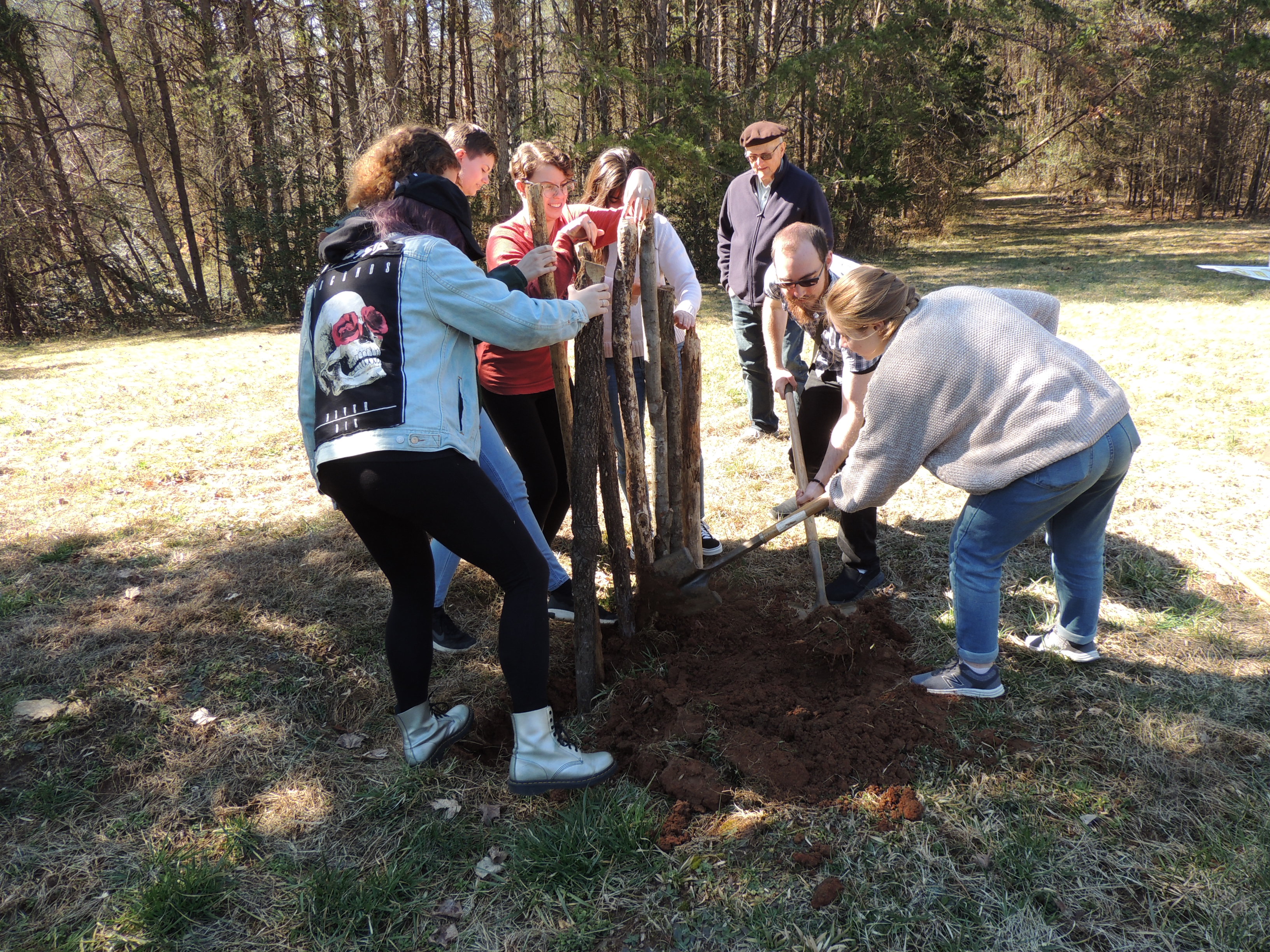In the Spring of 2019, the German program at the University of Mary Washington in Fredericksburg, VA offered for the first time the course “The German Diaspora.” Six students explored the history of German immigration into the United States and beyond.
Immigration to the U.S. and Beyond
Before diving into the different aspects of German-American immigration, the course considered German immigrants in other parts of the world such as Russia, Hungary, Romania, Brazil, and Argentina. This established a point of comparison and helped the students to distinguish more clearly between what were typical experiences of immigrants everywhere and what were specific problems of migrants to the U.S. In some cases, descendants of these Russian, Brazilian, … immigrants came to the United States at a later point, which made these earlier investigations especially relevant.
Teaching Immigration
After learning about theories of immigration and the problems when approaching German immigration (Germany vs. German-speaking countries, the notion of Heimat), the course approached German immigration in two ways: first chronologically by considering the different groups of religious, political, and economic migrants from the German-speaking lands from 1609 to the 21st century and secondly by focusing on certain aspects of migration such as geography (New York City, Texas, the Mid-West), language (Pennsylvania Dutch, Texas-German), and the participation of Germans and German-Americans in U.S. wars (Revolutionary, Civil, WWI, WWII).
Regional Ties
To make the research relevant for the student (most of them Virginians), we researched the life of regional German-Americans, both from the 19/20th century and today. You will find the result of the archival research and the oral interviews on this website.
Field Trips
1. Belmont
The course was further enriched through three field trips: The first allowed students to explore the art and life of German-American artist Gari Melchers while visiting his summer house Belmont in Falmouth, across the river of Fredericksburg. Thanks to Joanna Catron who provided the students with a behind-the-scene tour of the studio and depots.
- Historic Gari Melchers Belmont Estate, Falmouth, VA
- Gari Melchers (around 1900)
- Gari Melcher’s Studio
2. Germanna Foundation – Fort Archeological Excavations – Salubria
During a trip to Germanna at the Rapidian river (20 miles outside of Fredericksburg), the students could visit not only the small museum and archive of the Germanna Heritage Foundation, but also the archeological excavations of where once the Fort Germanna stood. This fort was home to two groups of German indentured servants who worked as miners and metalworkers and farmers for governor Spotswood. The students were challenged to erect a small-scale version of the fort’s palisade fence, which they accomplished with modest success. However, it made them realize how hard life at the early 18th century frontier was.
After the Germans had left, Spotswood built a manor house (the so-called “Enchanted Castle“), which later burned down. However, outlines can still be seen at the site.
After the burning of the house and the death of the governor, his widow and her new husband built a new home, Salubria, which is still standing and can be visited.
The pictures below provide some impressions of the trip.
- Courages first try
- Also not easy
- Salubria
- Many hands make light work
- Almost done
- Finishimg touches…
3. German-American Heritage Museum, Washington, D.C.
The third excursion brought the class to the German-American Heritage Museum in Washington, D.C. To the satisfaction of students and professor alike, most of the information on the information panels was not new to them. However, the temporary exhibit on toys produced in Germany was a welcome addition. After the museum visit, one of the board members gave the class a tour of German-American architecture. Here is a link to a self-guided tour in the same area.
The 2019 Syllabus outlines the details of this course.









